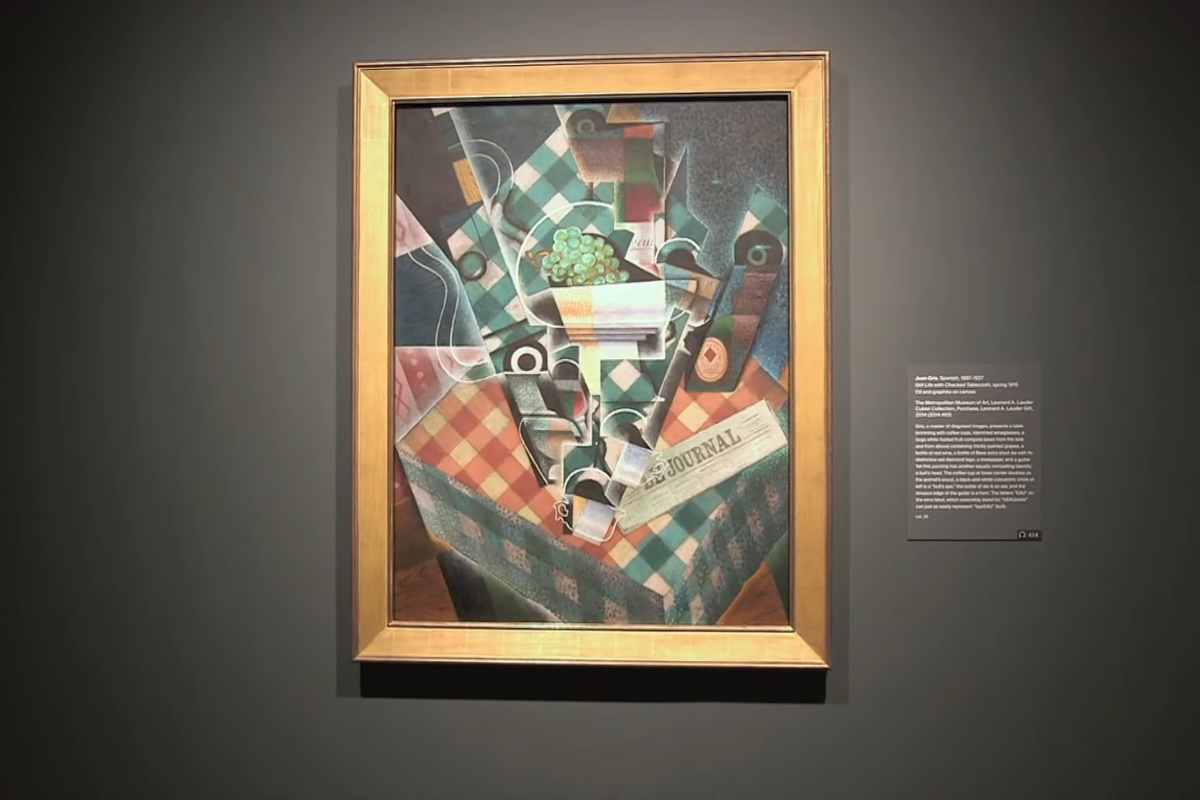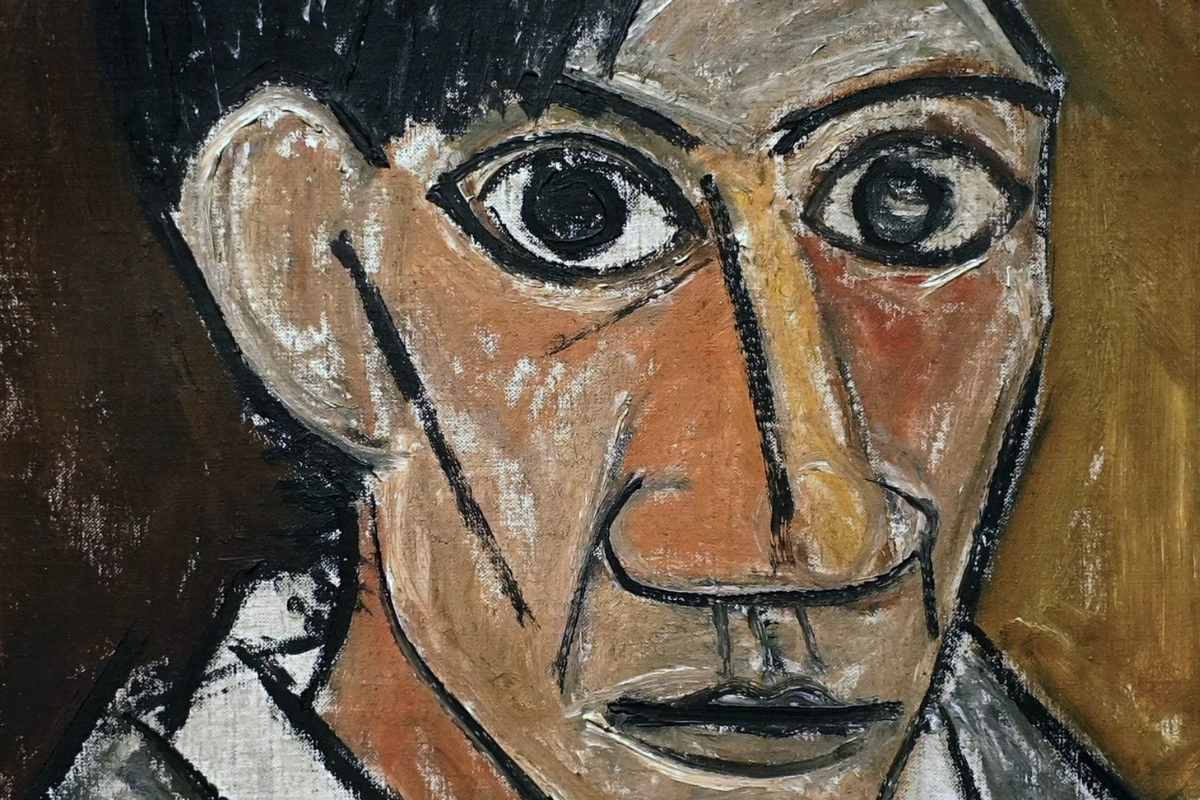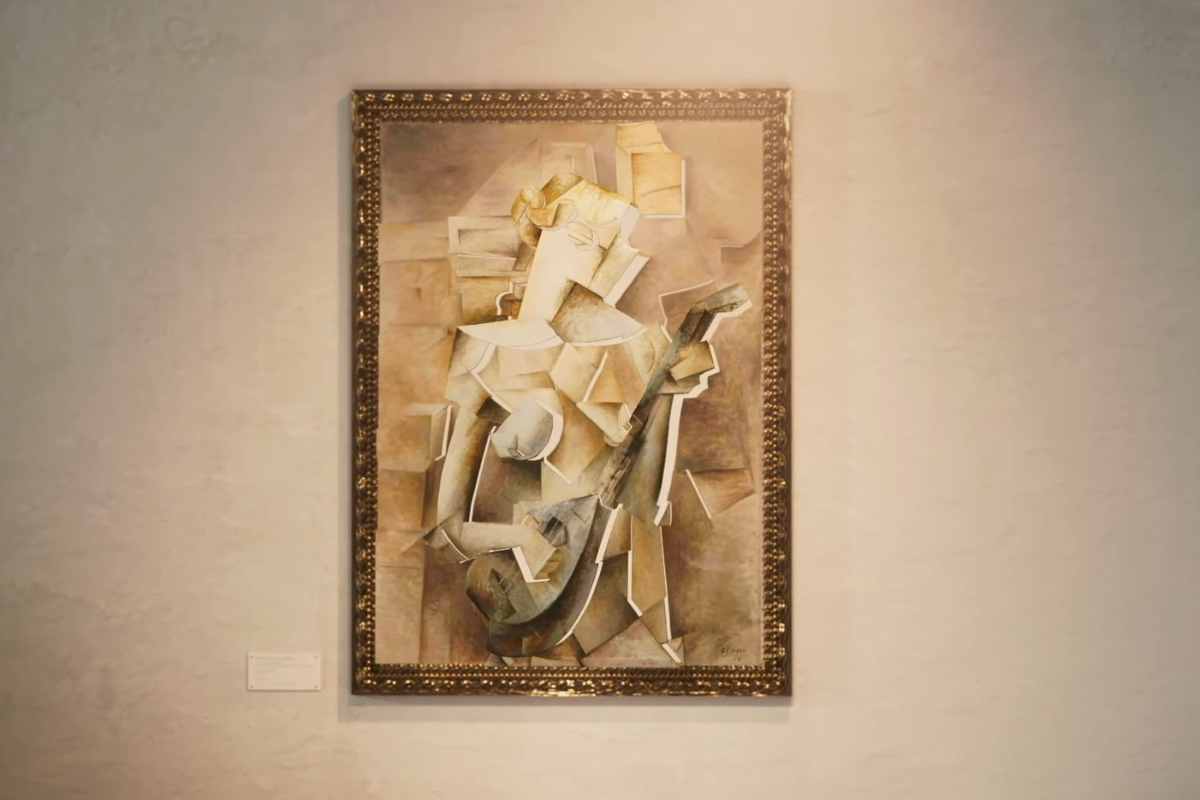Cubism Explained in 9 Minutes: How Picasso Revolutionized Art

You’ve likely seen Pablo Picasso’s artwork before, but how much do you really know about Cubism, the revolutionary art movement he co-created with Georges Braque? This style, which broke away from traditional perspective and representation, completely changed the course of modern art.
In this video, you’ll explore the origins of Cubism, its key characteristics, and why it was considered so radical when it first emerged in the early 20th century.
What Is Cubism?
Cubism was a bold and groundbreaking movement that rejected the idea of representing subjects from a single viewpoint.
Discover the Masters – Explore the Best Books on Art History Today!
Instead, it deconstructed objects into geometric shapes, multiple perspectives, and abstract compositions. This new way of seeing the world challenged centuries of artistic tradition and paved the way for modern art.
Cubism wasn't just about creating fragmented images—it was about rethinking the nature of reality in art. Rather than capturing a single moment or perspective, Cubist artists showed multiple angles simultaneously, offering a dynamic and intellectual approach to painting.
The Birth of a Revolutionary Movement
The roots of Cubism can be traced back to the early 1900s, with Picasso and Braque experimenting with a new way of depicting objects and space.
Inspired by the bold simplifications of Paul Cézanne and the fragmented forms of African masks, they sought to create an entirely new visual language.
Les Demoiselles d’Avignon: The Start of Something New
In 1907, Picasso painted Les Demoiselles d’Avignon, a striking and unconventional piece that is often considered the first Cubist painting.
The figures in the painting are distorted and angular, with multiple viewpoints visible at once. This radical departure from realism shocked the art world and set the stage for Cubism’s development.
The Two Phases of Cubism
Cubism evolved through two distinct phases, each with its own unique approach and aesthetic.
Analytical Cubism (1908–1912)
This phase focused on breaking down objects into geometric shapes and rearranging them on the canvas.
The color palette was often muted, emphasizing form and structure over decorative details. Paintings from this period, like Braque’s Violin and Candlestick or Picasso’s Portrait of Ambroise Vollard, appear fractured and layered, as if the viewer is seeing multiple angles at once.
Synthetic Cubism (1912–1919)
As the movement progressed, artists began introducing collage elements, brighter colors, and more recognizable shapes into their work.
This phase is known as Synthetic Cubism, where materials such as newspaper clippings, patterned paper, and textures were incorporated directly onto the canvas.
Picasso’s Still Life with Chair Caning is a great example of how Cubists challenged the boundaries between painting and sculpture.
Why Was Cubism So Radical?
At the time, Cubism was seen as a complete rejection of traditional art techniques. Instead of using perspective, shading, and proportion to create a realistic image, Cubists focused on reconstructing reality through abstraction.
This movement opened the doors to countless modern art styles, influencing Futurism, Constructivism, and even Abstract Expressionism. Many of today’s contemporary artists continue to draw inspiration from Cubist ideas.
The Lasting Impact of Cubism
Cubism changed the way artists thought about space, form, and composition, and its influence can still be seen across many artistic disciplines today.
Whether in painting, sculpture, architecture, or graphic design, the fragmented and multi-perspective approach pioneered by Picasso and Braque remains relevant.
This nine-minute video provides an engaging look at one of the most revolutionary movements in art history, explaining how Cubism redefined the very essence of artistic expression.
If you’re ready to dive deeper, this is the perfect place to start exploring the brilliant world of Picasso, Braque, and their incredible vision.
We thank Curious Muse for the images.
Enjoy The Video Tutorial

Source: Curious Muse
Did you find this post useful or inspiring? Save THIS PIN to your Art Board on Pinterest! 😊

Last update on 2025-11-18 / Affiliate links / Images from Amazon Product Advertising API




Discover More Artistic Inspiration